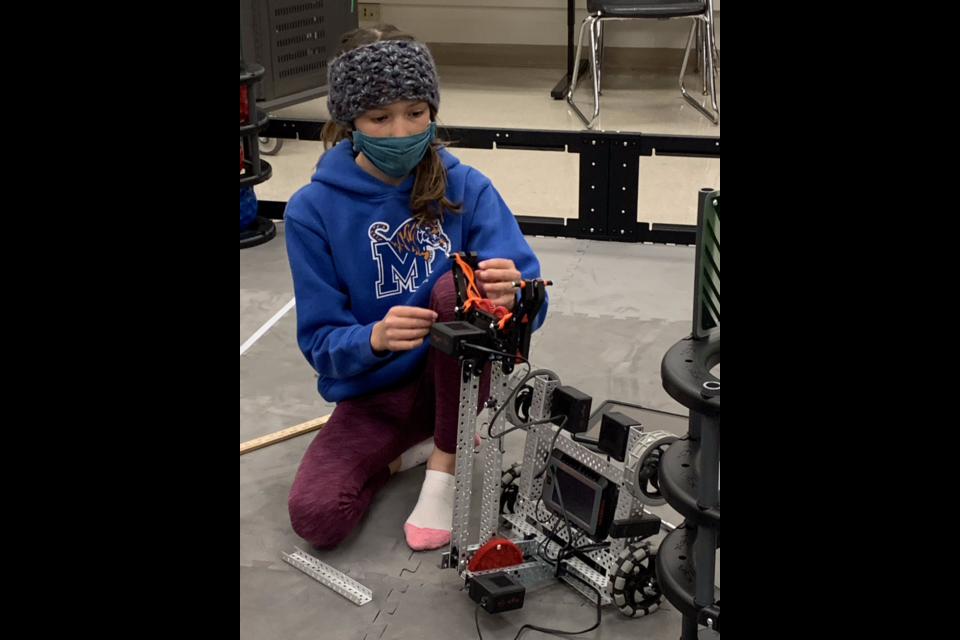Sunset Middle School in Longmont has been accepted into the Amazon Future Engineer Program enhancing the computer science curriculum for teachers and participating students in partnership with Project STEM.
The opportunity provides three years of funding for computer science courses for sixth through eighth grade students. The program includes support from experts and self-paced online courses, according to a news release.
“Project STEM is a national project that is looking for ways to (develop) future engineers and get them interested in the future of computer science work,” said Anthony Barela, principal of Sunset Middle. “I did research on that and found what the process looked like… filled paperwork knowing it would be a good fit.”
Sunset Middle School’s computer science program offers students learning opportunities in the field at beginner, intermediate and advanced levels, said Barela, adding this program will amp up the investment and structure of the courses.
“It will help us to become more robust and expose kids to a lot of curriculum that is leading edge and that has been built by MIT and Amazon, what the industry standard really looks like,” he said. “We’re always looking to get better and give kids opportunities to become competitive globally. When we think about STEM (science, technology, engineering and mathematics), we know how much that is used throughout priority industries in Colorado, we have IBM and Google right in our backyard.”
Sixth grade students will learn Scratch, a MIT-developed free online programming language and community designed to help children create interactive stories, games, and animations; seventh graders will focus on artificial intelligence and App Inventor; and eighth grade students will explore creative media and Python, according to the release.
The courses will be open to any interested Sunset Middle schoolers and two teachers will lead the program for the St. Vrain Valley District school.
Jenn Macious, Sunset Middle basic computer science teacher and robotics coach, who will be implementing changes to her curriculum according to the program, is most excited about the possibility of getting students connected with scientists “in the know.”
To teach them “not just how to code in a computer, but how code comes to life in real action,” she said. “For students to see first hand how to be part of the solutions and put them in touch with people who are changing things.”
The current computer science curriculum pairs nicely with the robotics program at the middle school, which will continue to support kids in all subject areas, including 3D printing and recreation of 3D objects.
“My hope would be for (students) to see themselves as innovative digital leaders, to be mentors to other students, be very confident and empowered to try new things,” said Macious. “Seeing themselves as leaders and to walk away empowered and confident.”
Each semester, computer science courses see nearly 125 students, with new additions coming through this program, Macios hopes even more students will be eager to enroll in these elective courses, she said.
The Amazon Future Engineer Program will roll out at the beginning of the 2021-2022 school year with a robust computer science curriculum at all three middle school grade levels.
“As with every new we implement, we hope kids will find something they are passionate about and will gain tools for their toolbelt,” said Barela. “Our premise is to stilt the flame so the passion comes out (later), and if that is with computer science then that's gonna be awesome.”


.jpg;w=120;h=80;mode=crop)
